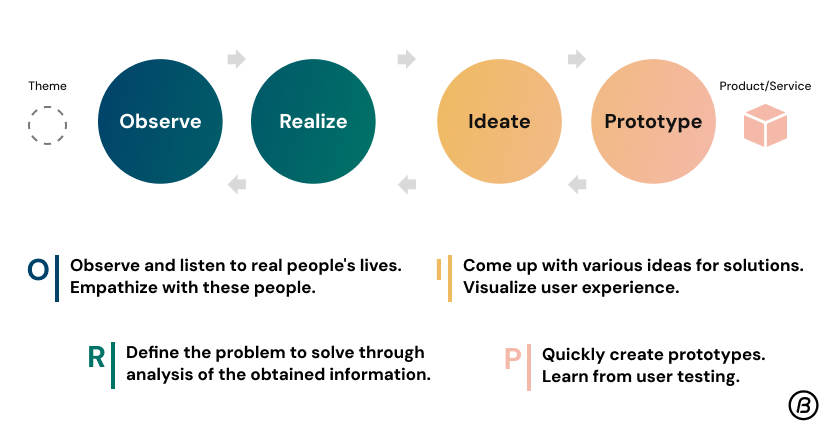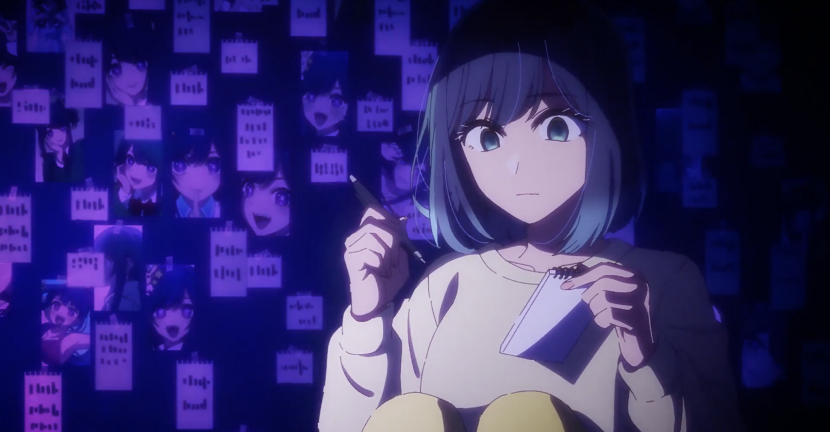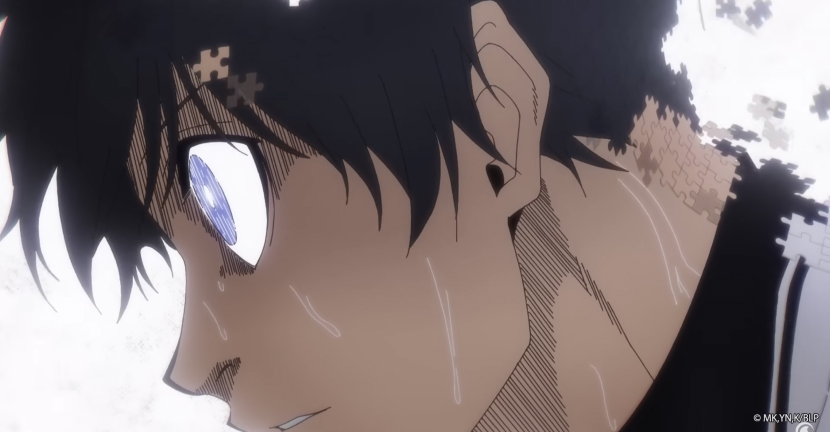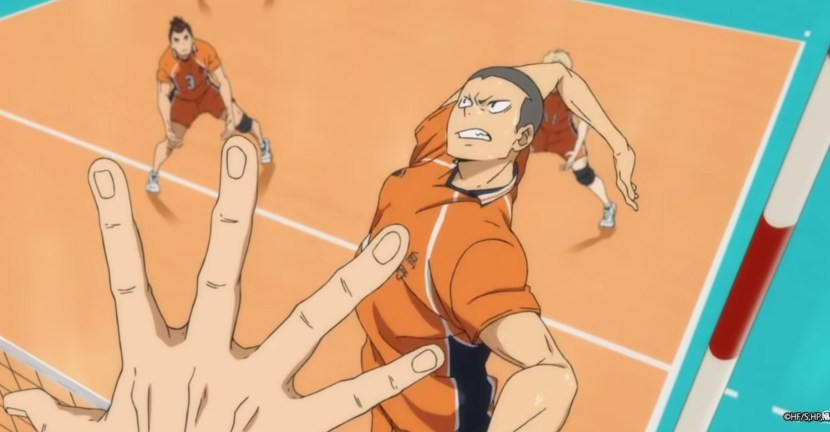
Btrax Design Company > Freshtrax > Degn Thinking L...
Design Thinking Lessons from Anime
Japanese anime has been popular globally nowadays. I also love watching anime not only because of the captivating storylines, impressive animation, and high-quality music, but also the valuable life lessons, different perspectives, and even trivia that can be learned.
While I was watching anime after work as usual, I stumbled upon teachings and dialogues that resonated with the mindset of design thinking. In this article, I will present three of these insights.
The concept of design thinking may sound complex at first, but we hope to convey that valuable insights can be gained from entertainment media like anime.
Design Thinking
What is design thinking, to begin with?
In simple terms, we define design thinking as a mindset that seeks to create better products, services, and societies by deeply understanding people (consumers or users) and their lives. It involves identifying essential yet unarticulated problems and desires.

To simplify the design thinking method in the btrax way, it can be divided into four phases: “Observe,” “’Realize,” “Ideate,” and “Experiment.” Of course, in practice, the process isn’t as straightforward, and there might be back-and-forth between these phases. However, this model serves as the fundamental framework.
It all starts with a vague theme, and then you decide on the direction through research and analysis. Afterward, you repeatedly generate ideas and validate them to figure out how to achieve the goals set in that direction. This is how great products are created through the design thinking process.
With this foundational knowledge of design thinking in mind, we encourage you to read this article for more insights.
Anime and Character Lines Featured in This Article:
- Akane Kurokawa / Oshi no Ko
- Yoichi Isagi / Blue Lock
- Ryunosuke Tanaka / Haikyu!!
Akane Kurokawa / Oshi No Ko
“As for distinguishing traits, sure enough, it’s those eyes…. Do they come from her self-confidence?”

(Oshi No Ko (推しの子) / 赤坂アカ×横槍メンゴ・集英社 / 【推しの子】製作委員会)
The first line is from a highly successful 2023 spring anime “Oshi no Ko.” In this scene, Akane Kurokawa, a talented high school sophomore actress, deeply analyzes and profiles the idol, Ai Hoshino, by searching the internet for information about her characteristics and background, and studying photos and videos to understand her personality and potential actions.
Among UI/UX designers and researchers, there may have been those who had an “aha” moment when watching this scene.
Akane Kurokawa’s overwhelming insight and profiling abilities can be a bit unsettling, but as a UI/UX designer, I can’t help but respect them.
Furthermore, her process of observing and analyzing Ai Hoshino, writing on a bunch of sticky notes and putting them on the wall, resembles a common sight in the design thinking process that we frequently use. Her approach involves not just jotting down insights but deeply examining questions like “why does she have such a personality,” “why did she take these actions,” and “what is the background behind it?” This approach is truly a role model for researchers.
The observation, research, and analysis conducted in the first part of the design thinking model are the most crucial foundation for subsequent service or product creation. The deeper the understanding of the persona, the better.
Being well-acquainted with the persona allows you to immerse yourself in it, much like Akane Kurokawa did with Ai Hoshino. As a result, it becomes easier to understand what challenges and desires are relevant to that persona.
Yoichi Isagi / Blue Lock
“Don’t get caught up in how I used to be. Change can only begin when you tear down everything you were before.”

(Blue Lock (ブルーロック) / 金城宗幸・三宮宏太・ノ村優介・講談社 /「劇場版ブルーロック」製作委員会)
The story of “Blue Lock” revolves around high school soccer players aiming to become Japan’s top striker.
During the match against other players, the protagonist, Yoichi Isagi, realizes that his current strategy and actions won’t measure up to the other geniuses. He understands that he needs to change his fundamental thinking before taking action.
Approaching things from a different perspective, altering the thought process, is a creative skill necessary in the “ideation” phase of design thinking. It’s about coming up with innovative ideas by looking at things in a new light.
Within oneself, one’s own common sense, so-called biases, always exist. However, without breaking through one’s own common sense, new perspectives and ideas cannot be obtained.
It’s easy to say in words, but breaking your own biases is very challenging.
However, like Yoichi Isagi, if one can break themselves down like pieces of a puzzle, incorporate new pieces of information, their perspective and how they see things will broaden. This makes it easier to come up with innovative ideas that go beyond existing frameworks.
So, what can you do when you want to break your biases on your own?
Let’s use “Gashapon,” the Japanese vending machine-dispensed capsule toy, as an example. You are currently trying to get the one you want but unfortunately, it’s not happening . However, you continue because you think, “I’ve already spent so much money; it would be a waste not to continue.”
In this way, the psychological aspect of “it’s a waste” or “I don’t want to waste what I’ve already paid” affects you, making it difficult to make rational decisions. This phenomenon, where the cost or investment already made influences your decision-making, is called “The Sunk Cost Fallacy” and is a type of bias.
So, how can you eliminate this bias? One answer is to think from a third-party perspective.
If you were an external observer looking at yourself, what would you say to yourself? Would you suggest continuing as is, or would you advise that it’s not worth continuing further?
Viewing things objectively is considered important in various situations, but it’s equally important when you want to refresh your own biases and common sense.
Ryunosuke Tanaka / Haikyu!!
“As long as I keep trying until I can do it, I can actually do it!”

(Haikyu!! (ハイキュー!!) / 古舘春一・集英社 /「ハイキュー!!」製作委員会)
Design thinking doesn’t end with just coming up with ideas. On the contrary, it’s crucial to create prototypes from there, conduct user testing repeatedly, and aim for further improvements to the product or service.
Even designs that you or your team thought were good may not align with users’ needs when they actually try them. Through testing, new discoveries can be made, often leading to significant revisions and even going back to the research phase of the service.
Therefore, this design thinking process, especially the fourth phase, “experiment,” requires a great deal of patience and perseverance. So, let me introduce a quote from the anime “Haikyu!!” by the outside hitter Ryunosuke Tanaka, which resonates with the mental aspect.
This is an incredibly cool scene where Ryunosuke Tanaka faces numerous blocks from the opposing team and seems discouraged, but then he delivers a successful attack along with this quote.
However, it’s not just about hitting until one succeeds. Before the tournament, he learned from watching the ace’s super inner cross spike during practice matches and practiced diligently. When he executes this spike attack, he considers many factors like the position of the block and the receiver as well.
It’s a bit different from being reckless, as the entire process leading up to it is also crucial. This lesson can be applied not only to design thinking but also to various aspects of life.
Summary
In this article, I introduced three lessons that align with the mindset of design thinking, using scenes and quotes from anime. I would be delighted if this article helped non-designers feel that design thinking and design are more accessible and relatable.
The power of compelling storytelling in anime can touch hearts. Anime, as a medium that conveys visuals, music, and storytelling, makes it easy to convey messages. In our company, we are involved in branding projects for businesses using anime.
[Related article] Harnessing Anime’s Growing Popularity for Effective Marketing Strategies
btrax offers support for service improvement using design thinking and conducts design thinking workshops for businesses. If you are interested in our services, please feel free to reach out to us.







